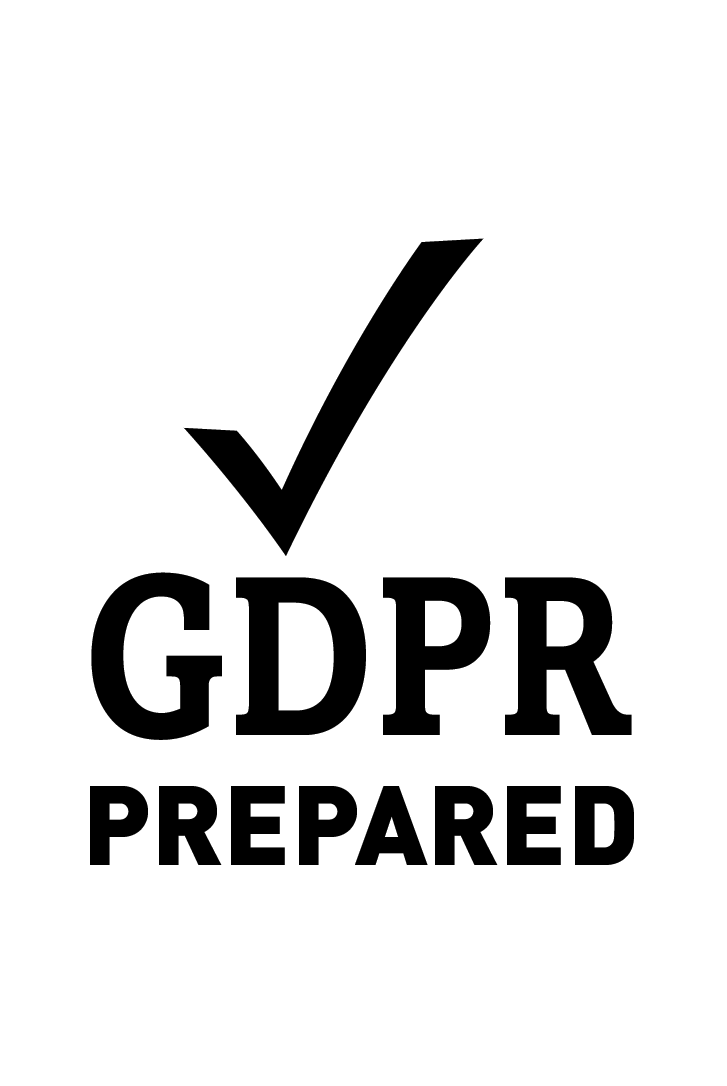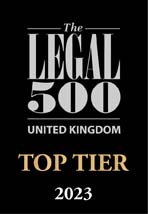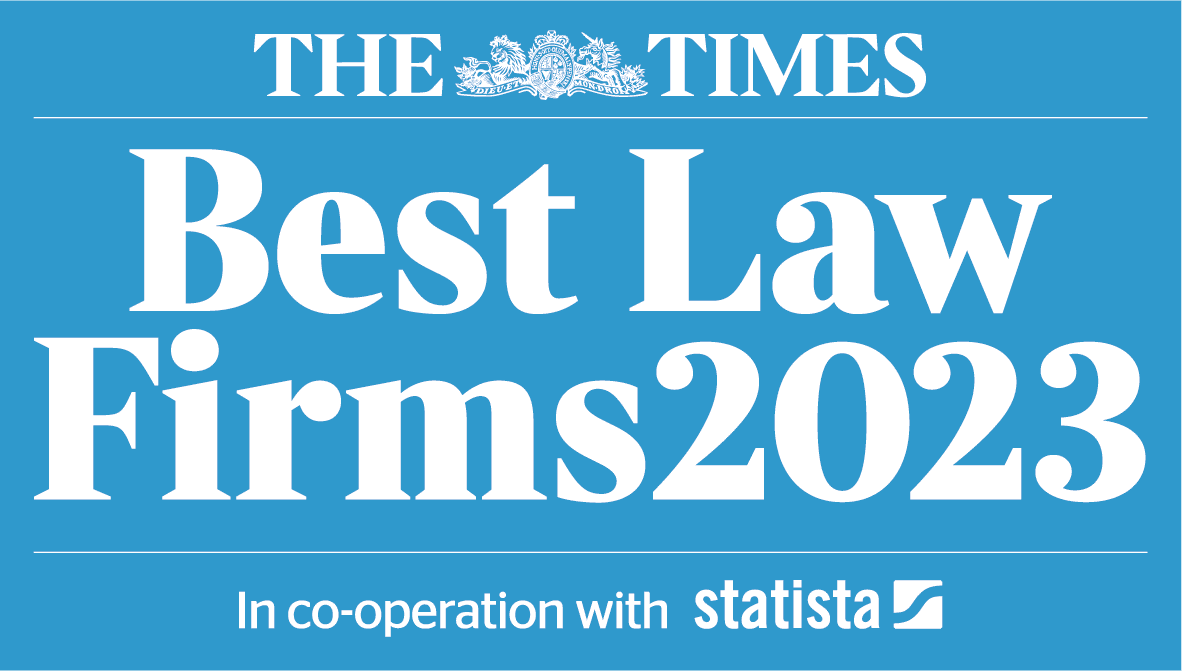In June 2021, The Hon Sir John Saunders published volume one of the ‘Report of the Public Inquiry Into the Attack on the Manchester Arena on 22nd May 2017’*. This initial report focuses on the findings of the inquiry into the security at the Manchester Arena. Announcing his publication of the report, Hon Sir John Saunders stated:
“My report, when finished, will consist of three volumes. The first considers the security arrangements at the arena, both generally and in particular on the night of the Ariana Grande concert, and whether they were adequate in view of the risk at the time of the terrorist attack occurring. I set out in the report the circumstances in which the attack happened, and I consider what more could and should have been done to improve security. As everyone knows, a suicide bomber evaded the security outside the arena and detonated his bomb just as the concert was coming to an end, killing 22 people and injuring many, many more”.
In this article, we will look at some of the main findings of the report into the Manchester Arena Security arrangements and the legal implications for event organisers and companies responsible for security.
* Note: This article was originally linked to manchesterarenainquiry.org.uk, as of September 2024 the site does not seem to be live, instead reports can be obtained through the government website here.
Finding of the Manchester Arena security report
The report spans nearly 200 pages and covers in extremely fine detail the security arrangements at the time of the Ariana Grande concert and for the arena in general. In particular, the report highlights a number of “missed opportunities” by security firms SMG and Showtec and the British Transport Police (BTP), notably:
- Showtec staff did not take effective action when members of the public raised concerns that the attacker Salman Abedi (SA), looked suspicious. Another member of the public, Christopher Wild, was sufficiently suspicious that he asked SA what he had in his bag. Wild then reported his suspicions to a Showtec security guard who was “really quite dismissive”.
- SMG missed the opportunity to make ‘hostile reconnaissance’ more difficult for SA during events by pushing out the security perimeter.
- If the security perimeter had been moved away from the Arena, SA would not have been able to gain access to the City Room, and his bag would have been searched.
- Serious CCTV blind spots which meant a lack of heightened sensitivity to SA’s presence
- BTP officers ignored a request to stagger breaks, meaning gaps in their presence
- Concerns regarding inadequate training
- Inadequate risk assessment by SMG and Showtec and lack of co-ordination between the two companies
- Significant failings by SMG and Showtec with regard to training – SMG did not provide CCTV counter‑terrorism training, and Showtec did not provide person‑to‑person training.
While the report highlighted several missed opportunities, it also pointed out that for some of these occurrences, such as when SA walked past BTP officers and Showtec security guards unchallenged despite wearing a 30kg backpack and being overdressed, there were mitigating circumstances for action not being taken. The report states, “the Victoria Exchange Complex was far from empty of other people. It was a transport hub with a railway station, a tram stop and a car park. Having some sort of heavy bag was not unusual in itself, even in combination with wearing too many clothes and a hat… Stripping out hindsight, while it is possible that an appropriately trained and vigilant person may have reached that conclusion on the basis of his appearance, I do not think that it is fair to criticise anyone who did not do so at this stage”.
Legal implications for organisers and security companies
The events of 22nd May 2017 and the security report by Sir John Saunders have placed greater pressure on security companies and event organisers to do more to prevent such attacks. Event organisers and sub-contracted third parties must consider their legal health and safety obligations to staff and others and how lapses in security can pose a health and safety risk. Under section 3 of the Health and Safety at Work etc. Act 1974, employers have a legal duty, in so far as reasonably practicable, to ensure that “persons not in his employment” are not exposed to risks to their health and safety.
Companies responsible for ensuring the safety and security of attendees of large events such as the Ariana Grande concert can demonstrate that they have taken reasonably practicable action by carrying out and keeping records of thorough risk assessments, acting appropriately on all findings, and learning from the lessons of previous security failings. The extent of liability may depend on a wide range of factors, such as whether:
- the company did what was reasonably practicable to prevent such security and health and safety breaches
- there is a tripartite agreement between the event owner, venue and security company and the content of such an agreement
- the event organiser has sufficient contractual warranties requiring contractors to comply with their health and safety policy, any other applicable policies, and all relevant HSE codes and guidance
- there are any disclaimer notices or claim waivers in place
- the extent of health and safety and security expertise and co-ordination
- the organiser carried out proper due diligence on any sub-contracted security company
- whether the security company was accredited with the Security Industry Authority (SIA)
Final words on the Manchester Arena Report
Those in charge of security for large events always have to maintain a balance between enabling it to proceed smoothly without unreasonable delays and keeping everyone safe. As the report makes clear, there were several security failings on the evening of 22nd May 2017 at the Manchester Arena, and these must be heeded for future large events, even in the absence of a heightened terrorist alert level.
Reeds’ Manchester Solicitors
Our solicitors can help you if you are an event organiser or sub-contractor facing a regulatory investigation or prosecution due to alleged health and safety, security, or other alleged failings. You can contact us through our contact page here.







